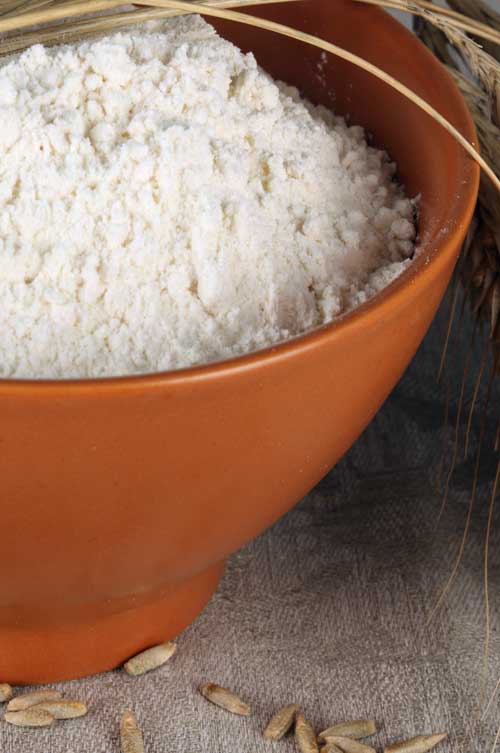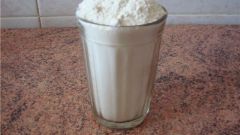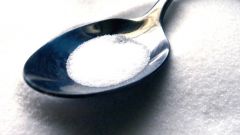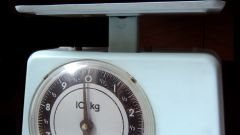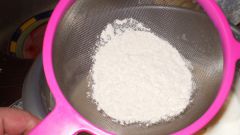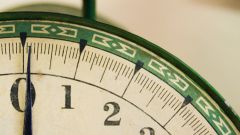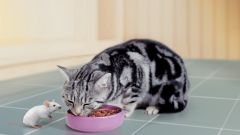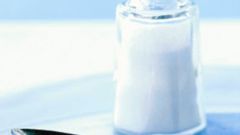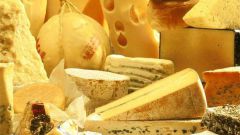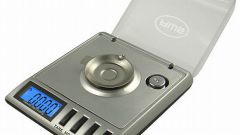You will need
- - Flour
- - Measuring cups
- - Sieve
Instruction
1
Flour is a granular product whose properties vary from variety to variety. And even the same variety produced in different regions may have different humidity. That's why the recipes specify the consistency to which you need to focus when mixing the ingredients.
2
But, nevertheless, it is an error measuring the required amount of flour play a fatal role in the manufacture of baking. The most frequent value encountered in recipes - grams, spoons, cups and glasses. Always read the whole recipe before you get started. For example, when sifting flour significantly increases in volume, so one Cup Packed and one Cup of sifted flour will weigh differently.
3
Capacity for flour have a certain volume. One Cup contains 240 ml, 1 teaspoon – 5 ml 1 tablespoon is 15 ml and 1 Cup is 200 ml. If in a recipe the flour is measured in cups, fill the Cup with flour, but not utrambovyvaya her. Drag the knife across the Cup to remove the flour hill. The hill in cups and glasses should always be removed, if the recipe does not say anything on this subject separately.
4
1 Cup of wheat flour of the first moisture standard accommodates 140 gr. And 1 Cup of flour would contain only 120 g of the product. Faceted glass filled to the edges, will contain 120, and 110 g of flour respectively.
5
Measuring the flour with a spoon, scoop the product from the package and lightly tap the spoon to shake off the big peaks. You need to stay neat small hill approximately equal to the volume of the spoon. In the end, in a teaspoon you will have 8 grams of flour, in the dining room is about 18-20 grams.
6
If you have correctly measured out the flour, strictly follow the recipe, you should do it, and you can proudly put fresh pastries on the dining table.
Useful advice
If you do not have a sieve to sift the flour through an ordinary colander
